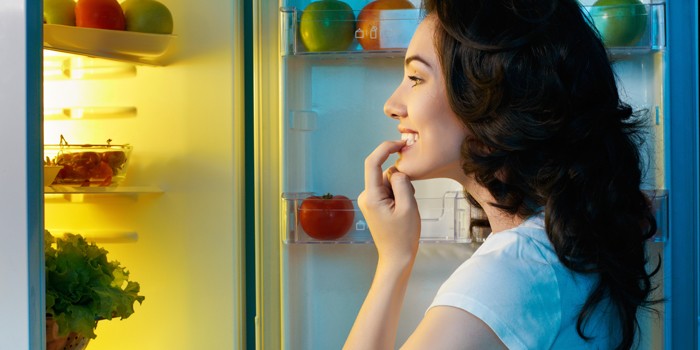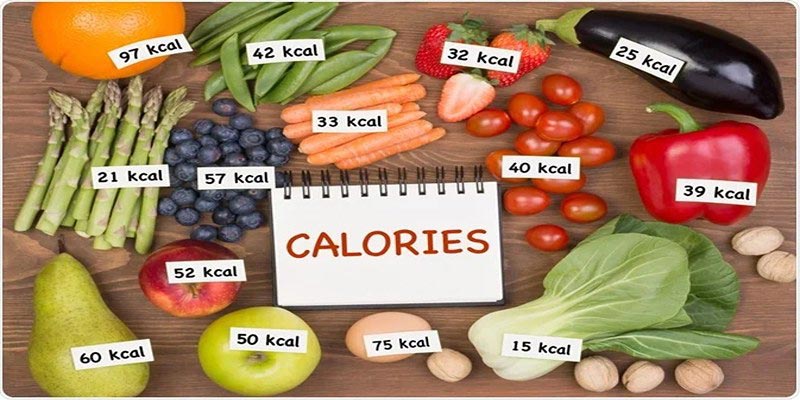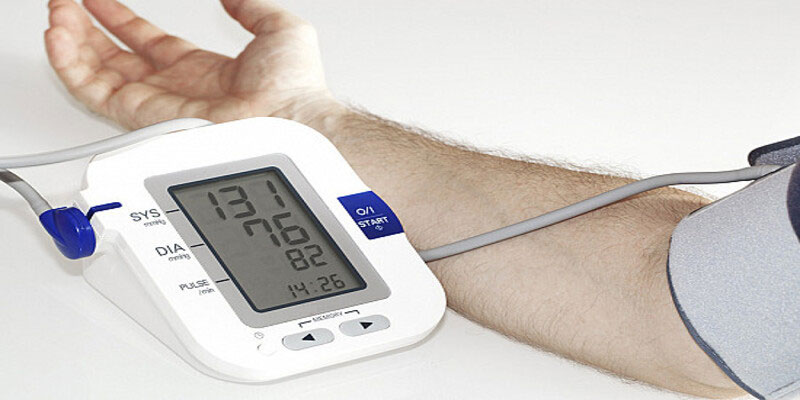
Around 48 million Americans fall victim to food poisoning yearly, even though nobody eats to become ill (CDC). And if you were ever to be one of them, you would realize that this is no little matter. According to Caroline West Passerrello, RDN, a group coordinator as well as an instructor just at the University of Pittsburgh as well as a spokesperson for the Academy of Nutrition and Dietetics, warm weather and holidays can be callous times because the temperature is proper for the pathogens which cause foodborne illnesses to thrive, as well as food is often left unrefrigerated for several hours.

The good news, according to Bucknavage, is that people may take several steps to safeguard themselves from food poisoning. The danger of food poisoning may be significantly reduced by following several simple rules, such as sanitizing work areas, washing hands often, and cooking meals to the appropriate temperatures.
Be Sure to Wash Your Vegetables And Fruits.
It is common knowledge among primary care providers in a community that failing to wash fruits and vegetables properly might provide a favourable environment for the growth of germs that can cause sickness. Salmonella, E. coli, Staph, and Listeria are all examples of bacteria that can cause sickness and make a person feel extremely ill. Unsafe poisons and chemicals can also taint fresh products without the seller's awareness. Produce should always be washed before consumption.
Rinse Before Peeling.
- Take precautions to prevent bacteria and dirt from adhering to the knife.
- Rub the vegetables with your hands while holding them under running water.
- There is no requirement for soap or any other type of cleaning product.
- A clean vegetable brush is the best tool when working with thorny fruit like melons and cucumbers.

Storing food in the refrigerator for excessive time is another way to invite illness. For instance, raw chicken should be stored in the refrigerator for up to two days. Chicken that has been cooked is safe for up to four days. The freshness of steak with fresh beef, veal, lamb, and pig chops may be maintained for three to five days. If you need any help with storing and preserving food, you should see a community healthcare professional.
Strive To Prevent Cross-Contamination
Cooked dishes and raw foods should be eaten from different plates & utensils. Increasing your risk of getting salmonella by placing a piece of cooked chicken back on the plate, it was defrosted on is a surefire way to become sick. Before reusing anything, including plates, cutlery, chopping boards, or serving dishes, you should always wash everything thoroughly. Because germs may thrive in the porous slots of some plastic & wooden cutting boards, you should seriously consider using separate cutting boards for vegetable and meat items.
Carefully Thaw the Frozen Meat.
It is not safe to thaw supper by leaving a frozen pack of meat or chicken out on the counter all day long for it to get to room temperature. Neither is the method of rapidly defrosting frozen foods by submerging them in hot water. When food is allowed to reach temperatures higher than 40 degrees Fahrenheit, germs begin to reproduce rapidly. Using one's refrigerator, a sink filled with cold water, or a microwave is the most effective method for thawing frozen items.
While defrosting meat inside the refrigerator, you should prioritize preparing ahead since the process might take a day or more to complete. Even though it takes a lot of time, this is a tried-and-true method for keeping food safe. Putting the frozen food in a plastic bag and then submerging it in cold water is how the cold-water technique is done. About every half an hour, replace the water in the bowl while the food is defrosting. When using a microwave to defrost food, it is essential to begin cooking the meal as soon as it has reached the desired consistency. Bacteria are attracted to the meat that has only been partially warmed.
Store Leftovers
When preserving leftovers, the best option is to choose containers that are suitable for food and can be adequately sealed. The temperature inside refrigerators should be kept at or below 40 degrees Fahrenheit, while the temperature inside freezers should be at or below 0 degrees Fahrenheit. Reheat any leftovers to an internal temperature of no less than 165 degrees Fahrenheit before using them over the next three to four days. Utilize any leftovers within three to four days. This will eradicate any bacteria that may have been present.



